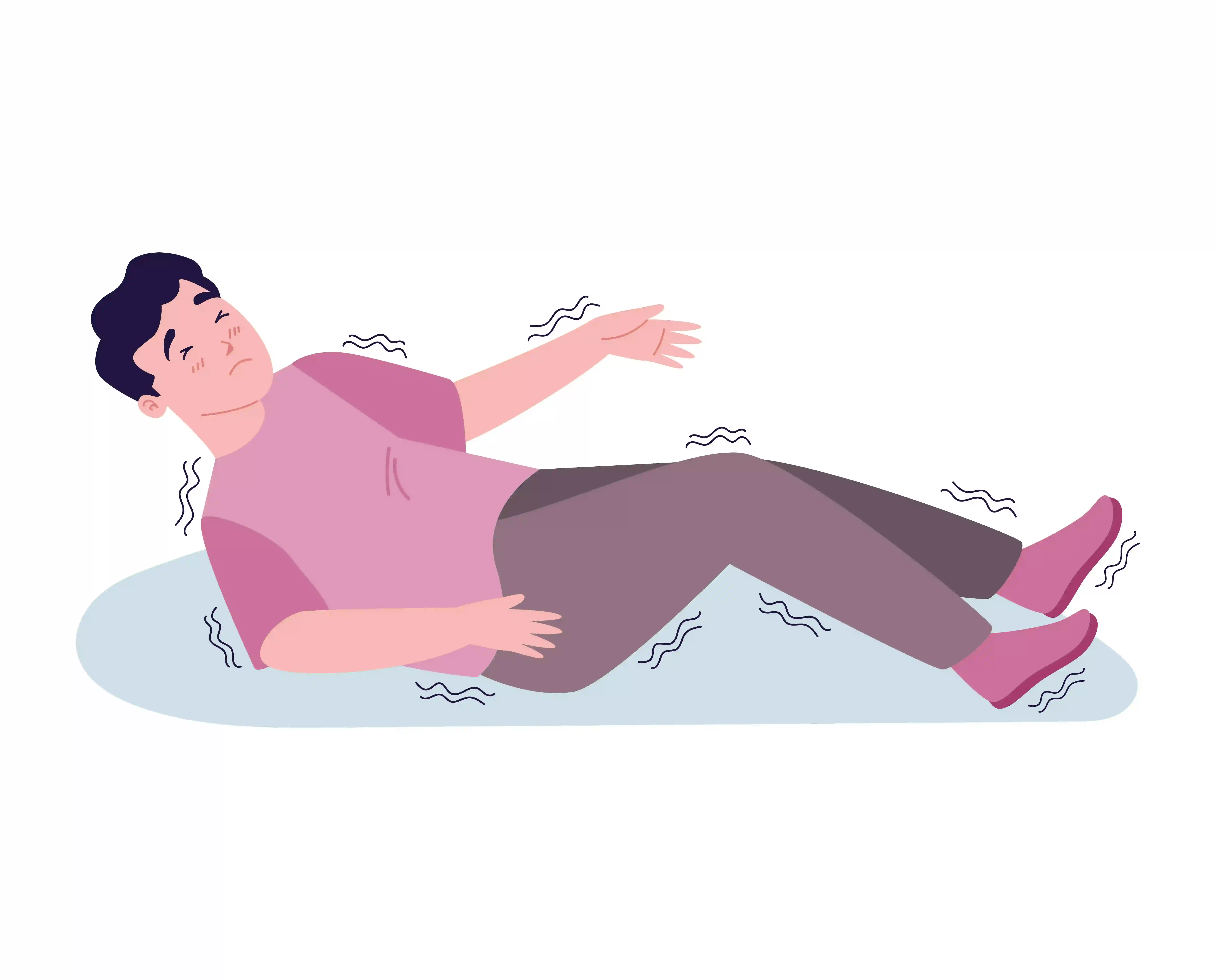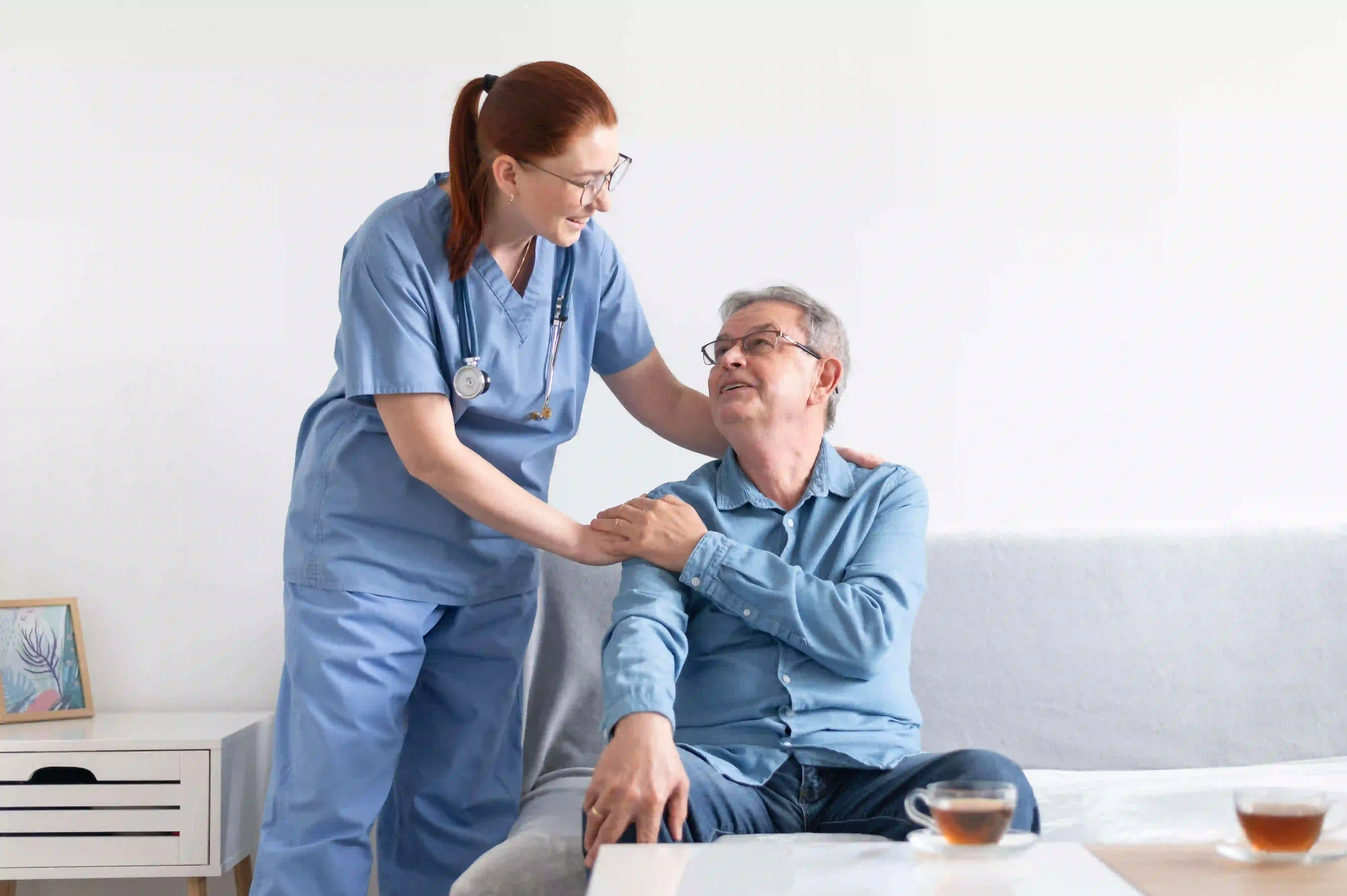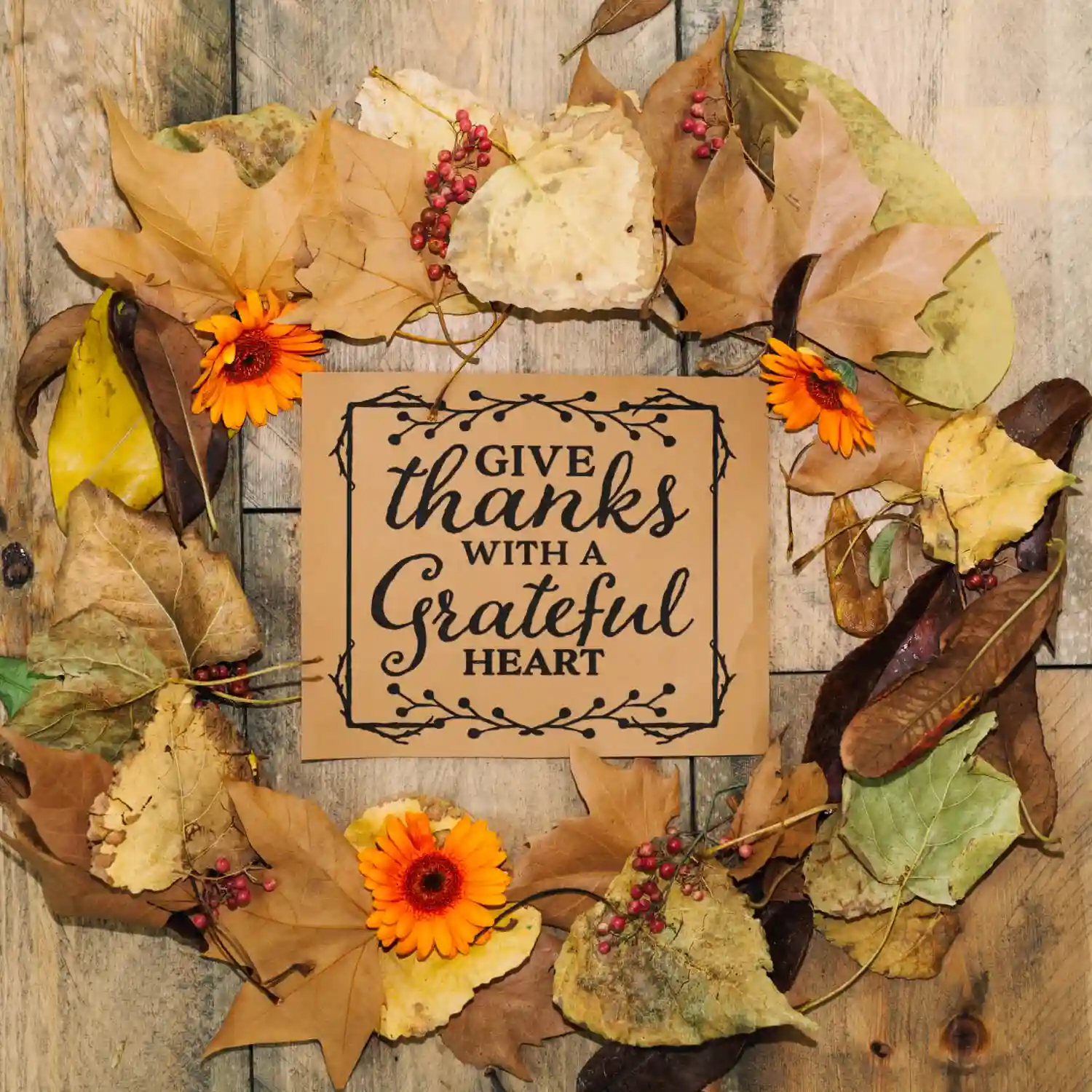Falls represent a serious health concern for older adults, affecting nearly one-third of people aged 65 and over each year. Beyond the physical injuries they cause, falls in older adults can severely impact independence, confidence, and quality of life. The good news? Most falls don't happen because of normal aging—they occur due to specific, identifiable, and often modifiable risk factors.
In this article, we will offer practical strategies to reduce fall risks. These strategies include understanding common causes, building physical resilience, creating safer living spaces, and developing support systems. By implementing these preventative measures, you'll help yourself or your loved ones maintain independence and stay safer longer.
Why Do Older Adults Fall?
The moment someone you love hits the floor, everything changes. It is a mixture of shock, embarrassment, and the sudden realization of vulnerability. Understanding why older adults and falls seem so intertwined requires examining both internal and external factors.
Body Changes That Increase Risk
With age, muscles begin to weaken. Balance becomes less reliable. Vision dims, making that innocent-looking rug edge practically invisible until it's too late.
These natural changes partly explain why people fall, but they're only half the story. Medical conditions add their own challenges. Arthritis turns simple movements into painful ordeals. Parkinson's disease may cause unexpected freezing mid-step. Stroke survivors navigate the world with altered sensation and movement patterns. Memory problems might lead someone to forget they need a walker in the first place.
Medications intended to heal can sometimes harm in unexpected ways. Blood pressure pills might cause dizziness when standing up. Sleep aids leave mornings foggy, with reactions slower than usual. Even something as common as antihistamines can throw off balance in subtle ways.
The World Around Us
Your sweet home can harbor hidden dangers. Dim hallways transform everyday objects into obstacles. Bathroom tiles become skating rinks when wet. Stairs without railings offer no forgiveness for a momentary stumble.
Then there's also a tendency for pride and habits that too often override safety: rushing to answer a ringing phone, ignoring that wet floor, or refusing to use a cane despite unsteady steps.
The combination of these factors explains why so many falls and the elderly go hand in hand. Yet understanding these causes offers something powerful: the starting point for prevention.
Identifying Your Personal Fall Risk Factors
Recognizing your own risk requires honest reflection. That occasional dizziness when standing up? The tendency to bump into doorways? Even the habit of holding furniture while moving around a room? None are normal aging signs; they're red flags waving for attention.
Your personal fall risk profile is as unique as your fingerprint. Perhaps it's the blood pressure medication you started recently, the arthritis that's worsened in your knees, or simply those reading glasses you keep forgetting to wear. Understanding these specific factors is the first line of defense in preventing you from becoming a statistic related to falls in older adults.
Healthcare professionals bring invaluable expertise to this assessment. Your doctor might spot medication interactions you'd never suspect. A physical therapist can identify subtle balance issues through specialized testing. Even your pharmacist might flag combinations of over-the-counter and prescription drugs that increase dizziness. Many senior centers offer free screenings that test balance, vision, and reaction time—all crucial components of staying upright.
What makes these assessments so valuable isn't just identifying risks—it's creating a starting point for change. Like a map highlighting dangerous terrain, your personal assessment shows precisely where to focus your prevention efforts.
The Role of Physical Activity in Fall Prevention
"Use it or lose it" contains profound wisdom when it comes to preventing falls in older adults. Physical resilience—your body's ability to recover from small imbalances before they become falls—doesn't vanish overnight. It erodes gradually, often so subtly you barely notice until that first stumble catches you by surprise.
Movement as Medicine
Regular physical activity works better than almost anything else to prevent elderly fall incidents. Walking builds lower body strength. Swimming maintains joint flexibility without stress. Dancing challenges your balance while bringing joy. Even gardening counts—squatting to pull weeds and reaching for branches engages multiple muscle groups in ways that improve stability.
Specific exercises deliver targeted benefits:
- Heel-to-toe walking improves balance
- Gentle squats strengthen legs
- Simple heel raises build ankle stability
- Controlled head turns maintain inner ear function
The beauty of these activities? They require no special equipment, minimal time, and deliver benefits beyond fall prevention—improved mood, better sleep, and sharper thinking.
Finding Expert Guidance
Not all exercise is created equal when it comes to fall prevention. Specialized programs like tai chi show remarkable success because they combine movement with mindfulness, teaching you to become aware of how your body moves through space.
Working with professionals offers significant advantages. Physical therapists design programs addressing your specific vulnerabilities. They'll suggest chair yoga poses and other exercises that keep you physically active despite limitations like arthritis or heart conditions.
Creating a Safer Home Environment to Prevent Falls in Older Adults
Seeing Your Home Through New Eyes
Stand in your living room doorway and look with a fresh perspective. That beautiful Persian rug with curled edges? Cozy, subdued light that hides subtle changes in floor elevation? Even that beloved coffee table sits exactly where someone might stumble over it during a nighttime bathroom trip.
Conducting a room-by-room assessment reveals dangers hiding in plain sight:
In the bathroom:
- Slippery floors become safe with textured mats
- Toilet seats feel secure after raising their height
- Showers transform from danger zones to safety zones with grab bars
In the bedroom:
- Nighttime path lighting eliminates disoriented wandering
- Bedside items within reach prevent unnecessary stretching
- Phone and emergency buttons close by offer security
In the kitchen:
- Frequently used items relocated to middle shelves stop dangerous reaching
- Anti-slip flooring prevents spill-related disasters
- Seating options enable rest during longer cooking sessions
Stairways merit special attention. Adding contrast strips to stair edges makes each step distinctly visible. Secure railings on both sides provide continuous support. Even something as simple as removing reading glasses before tackling stairs can prevent misjudging that final step.
When Home Modifications Feel Overwhelming
The thought of retrofitting a beloved home often triggers emotional resistance. What helps overcome resistance? Meeting others who had made similar modifications and maintained their homes' character and charm.
Professional home safety evaluations take the guesswork out of the process. Occupational therapists specialize in recommending specific modifications based on your particular needs and home layout. Many communities offer free assessments for older adult falls prevention, identifying high-priority changes that deliver maximum safety benefit.
How Do Regular Health Checks Help Prevent Falls in Older Adults?
Keeping falls in older adults at bay requires vigilant attention to health changes. Regular medical monitoring serves as a cornerstone of effective prevention strategies.
The Crucial Role of Vision and Hearing in Balance
Vision changes sneak up gradually. Slight blurriness when reading or increased difficulty driving at night? These subtle shifts affect how accurately you judge distances and identify obstacles. Annual eye exams catch these changes before they contribute to falls.
Hearing plays a surprisingly important role in balance too. Our inner ears contain the vestibular system—essentially your body's built-in leveling tool. When hearing diminishes, this system often suffers as well. Routine hearing evaluations help identify issues affecting both communication and stability.
Corrective measures make dramatic differences. Updated eyeglass prescriptions bring the world back into focus. Proper hearing aids not only improve conversations but can also enhance spatial awareness. Even treatments for common conditions like cataracts substantially reduce fall risk by restoring visual clarity.
Managing Medications to Maintain Stability
Taking multiple medications—a condition called polypharmacy—significantly increases fall risk. Medicine that lowers blood pressure might cause lightheadedness. Sleep aids can leave lingering grogginess. Even over-the-counter remedies for allergies or pain may impact balance.
Schedule medication reviews at least annually or whenever new prescriptions start. Ask pointed questions about side effects and potential interactions. Simple adjustments—taking certain medications at bedtime rather than morning—can dramatically reduce falls among the elderly while maintaining treatment effectiveness.
Managing Chronic Conditions
Chronic health conditions significantly impact balance and mobility in unique ways. Each condition presents different challenges that can affect stability and increase fall risk. Consistent management through proper medical care and physical support is essential for fall prevention. Working with healthcare providers to optimize treatment plans helps maintain mobility and reduces symptoms that might compromise balance.
The Role of Social Connections in Fall Prevention
Social networks play a crucial role in safeguarding against repeat incidents for those who have already experienced an elderly fall. Community connections create vital safety systems that help maintain independence while reducing isolation-related risks.
Isolation breeds risk. When you live alone, who notices subtle changes in your walking? Who spots that new tendency to grab furniture for support? Who encourages you to use that cane you've been resisting? Regular social interaction creates natural safety checks that isolated seniors miss entirely. Social connections also motivate movement. The weekly bridge club means walking to the car, navigating the community center, and staying mentally sharp during play. Each activity maintains crucial physical and cognitive skills that protect against falls.
Finding Support and Addressing Fear
Community resources offer valuable programs specifically designed for fall prevention. Senior centers provide structured exercise classes, while faith communities often organize practical assistance like transportation and home modifications. Neighborhood associations connect older residents with volunteers for safety projects, and online communities support those with mobility or geographic limitations.
Fear of falling creates a dangerous cycle after an initial incident, as anxiety leads to reduced activity—ultimately increasing fall risk through deconditioning. Support groups offer safe spaces to discuss concerns, share coping strategies, and rebuild confidence through shared experiences. Professional counseling can address deeper anxiety that restricts necessary movement and independence.
The social dimension of preventing falls in elderly people works on multiple levels—providing accountability for exercise, practical assistance for home safety, emotional support during transitions to mobility aids, and motivation to remain active. These connections build resilience that proves just as crucial as medical interventions in maintaining stability.
Technology as Your Ally: Modern Solutions for Falls in Older Adults Prevention
Smart Devices That Detect Falls
Today's fall detection devices come in multiple forms:
- Wearable pendants and watches monitor movement patterns
- Under-mattress sensors track nighttime bathroom trips
- Floor mats with pressure sensors detect unusual movements
- Motion sensors throughout the home identify changes in walking patterns
Many of these devices connect to smartphones, allowing family members to receive immediate notification if a fall occurs. Some even incorporate GPS technology – crucial for active seniors who spend time outside their homes.
The psychological benefit proves equally valuable. Knowing help will arrive quickly removes some anxiety about falling, allowing older adults to maintain their independence with greater confidence.
Virtual Connections to Healthcare
Telehealth services transform fall prevention by removing transportation barriers. Virtual appointments with physical therapists allow for regular guided exercise. Medication consultations with pharmacists identify potential fall-risk drugs without requiring office visits. Even home safety assessments can happen remotely, with professionals guiding seniors through evaluations using video calls.
These services prove particularly valuable for rural seniors, those with limited transportation options, or individuals with mobility challenges that make traditional office visits difficult.
Digital Education and Support
Apps specifically designed for falls in older adults provide tailored exercise routines, medication reminders, and balance testing. Online resources offer free guided balance exercises for various ability levels. Online communities connect seniors experiencing similar challenges, creating virtual support networks that complement in-person relationships.
Even simple technologies make significant differences. Automated medication dispensers reduce errors that might lead to dizziness. Motion-activated nightlights illuminate pathways during nighttime bathroom trips. Voice-activated assistants eliminate the need to reach for light switches or phone handsets in the dark.
Technology doesn't replace human connection or healthcare—it enhances both, creating additional layers of protection against falls while supporting independence.
Responding to Falls: When Prevention Isn't Enough
Despite our best efforts, falls sometimes happen. Knowing how to respond to falls matters just as much as preventing them.
The Critical First Moments
The moments immediately following a fall determine much about recovery outcomes. Simple knowledge can make all the difference:
- Resist the urge to jump up immediately. Take slow, deep breaths and assess for injuries.
- If you suspect serious injury (particularly to the head, neck, or back, or if there's severe pain), don't move. Call for help using a medical alert device, cell phone, or by attracting attention.
- If no serious injury seems present, roll to your side, then to a crawling position, and find a sturdy piece of furniture to help you rise.
- Even without obvious injuries, contact your doctor after a fall. Some injuries reveal themselves hours later, and the fall itself might indicate underlying medical issues needing attention.
Practice these techniques while you're well—actual falls create panic that makes remembering steps difficult. Physical therapists can teach proper techniques for getting up safely after a fall, reducing the risk of additional injury during recovery attempts.
Creating Your Personal Fall Response Plan
A comprehensive fall response plan includes:
- Emergency contacts programmed into phones and posted visibly near landlines
- Easily accessible communication devices in multiple rooms
- Clear pathways to doors for emergency responders
- A home medical information sheet listing conditions and medications
- A strategy for pets that might interfere with emergency response
Share this plan with family, friends, and neighbors. Consider giving trusted neighbors a house key for emergency access. The peace of mind this preparation brings benefits everyone involved.
Learning from Each Fall
Each fall contains valuable information. Keep a simple fall journal noting when falls or near-falls occur, what you were doing, the time of day, and any other relevant factors. Share this information with healthcare providers who can help identify patterns and solutions. Rather than seeing falls as embarrassing failures, view them as important data points in your ongoing safety strategy. This perspective shift removes shame and focuses instead on practical problem-solving.
The journey to preventing falls in older adults is not about avoiding life but about engaging with it more confidently and securely. By understanding the multifaceted causes of falls, we gain the power to enact meaningful change. Building physical resilience through consistent movement, thoughtfully adapting our living spaces, and prioritizing regular health assessments form the cornerstones of this proactive approach. Start with one strategy today, add another tomorrow. Small, consistent actions provide powerful protection, ensuring you maintain dignity and quality of life for years to come.
















.webp)




.webp)
.webp)

